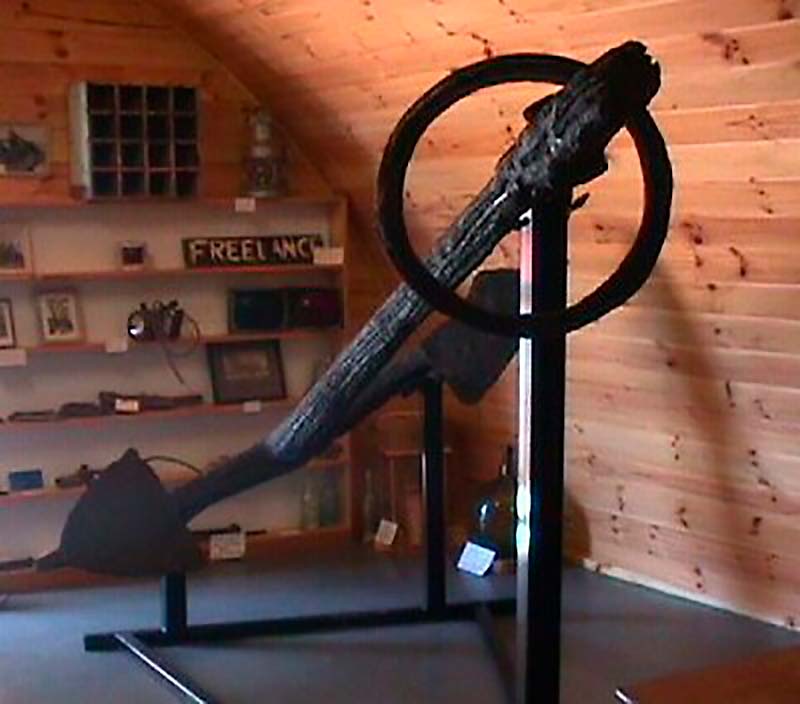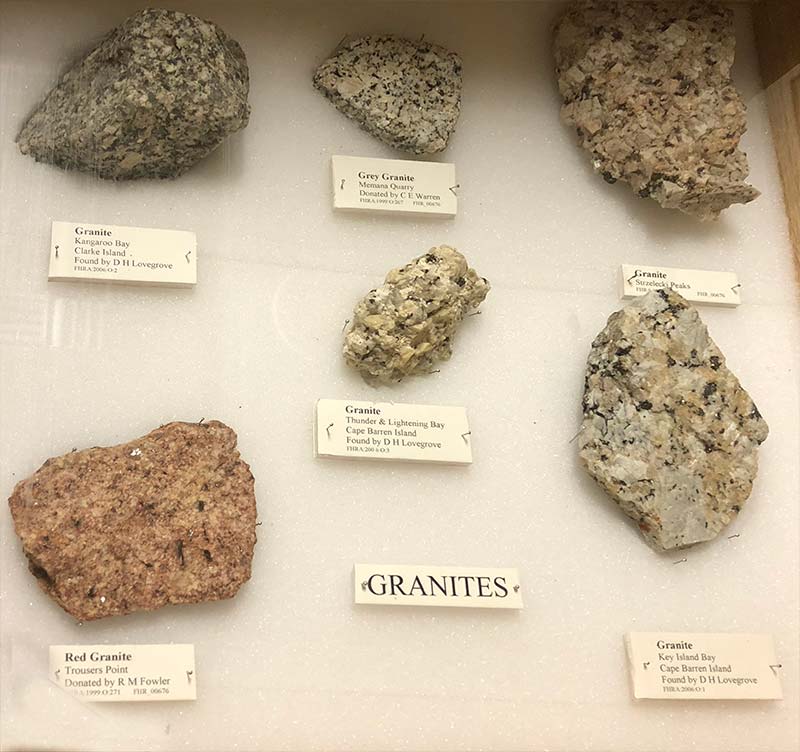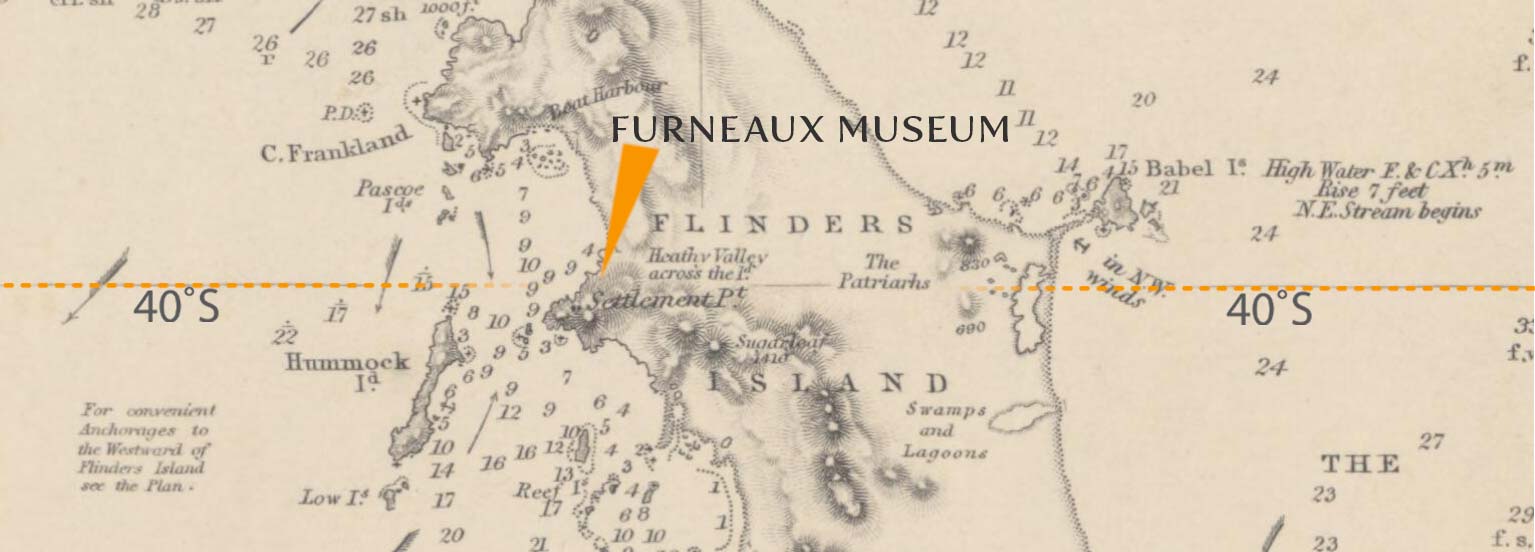






This places the museum right at the doorstep of the 'Roaring 40s' – that legendary belt of high-powered winds that blew generations of sailing ships across the southern ocean to Australia.
The museum opened in 1965. It is run by volunteers from the Furneaux Historical Research Association and is one of the major tourist attractions on Flinders Island.
The museum’s extensive collection showcases the social and natural history of the Furneaux Group of Islands. It includes artefacts from some of Australia's earliest European settlements, such as an anchor from the ‘Sydney Cove’, wrecked on Preservation Island in 1797.
Relics from other shipwrecks and aircraft are housed in the Nissen Hut which dates from the 1950s soldier settlement scheme.
The dark history of the Wybalenna settlement (1834 - 47) is recorded in the Aboriginal Room, which also displays an exquisite collection of traditional Aboriginal shell necklaces over 100 years old.
The Mutton-bird Shed gives an authentic glimpse into the island tradition of ‘birding’, and the Natural History Room focuses on the local geology, fauna, shells, and bird life.
In what was once a private school and schoolmaster’s residence, various exhibits illustrate early pioneering life in the islands, and a collection of over 160 albums and photographs covers all aspects of life in the Furneaux Group up to the present day.
A visit to the museum can be combined with a trip to the chapel and cemetery at nearby Wybalenna, one of the most significant Aboriginal historical sites in Tasmania, and several idyllic beaches. We recommend allowing at least an hour for the museum.
The museum is open every day in summer/autumn, and weekends only in winter/spring. There is a small admission fee, payable by cash only.
For current opening hours and admission cost please phone 03 6359 8434 any time.

